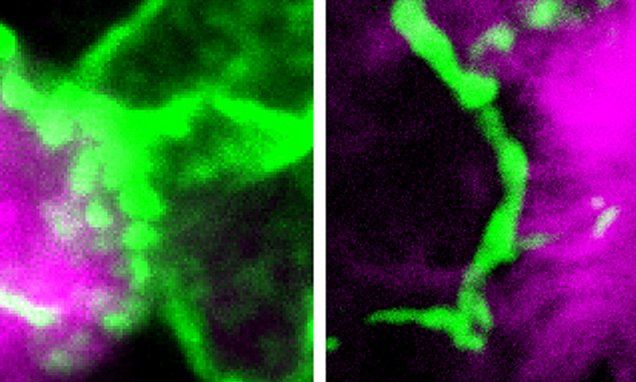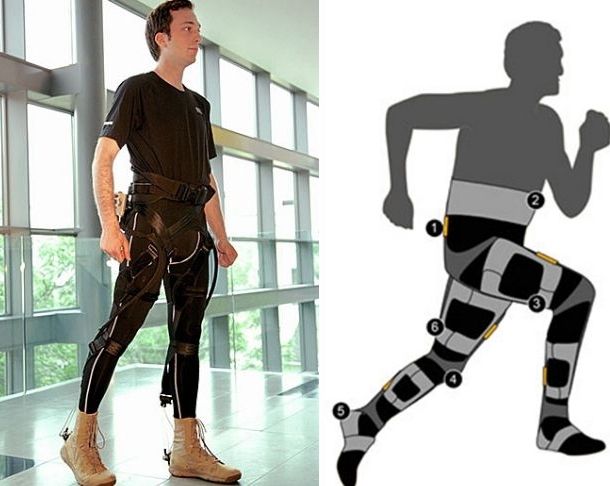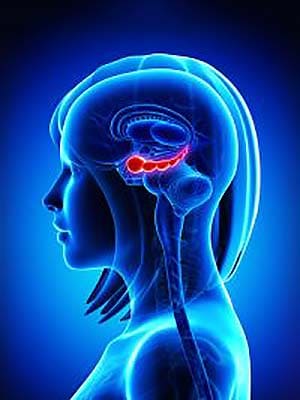May 19, 2016
Immune cells thought to trigger dementia actually PROTECT against it
Posted by Karen Hurst in categories: biotech/medical, neuroscience
A specific type of immune cell, called microglia (green) can help contain amyloid plaques (magenta), the key hallmark of Alzheimer’s disease, thus limiting their damage to surrounding brain cells.
But, Dr Jaime Grutzendler, associate professor of neurology and neuroscience at Yale, said that is no longer thought to be the case, and should signal a new.
He said: ‘It suggests we should be enhancing the function of these immune cells, not trying to suppress it.’
Continue reading “Immune cells thought to trigger dementia actually PROTECT against it” »

















